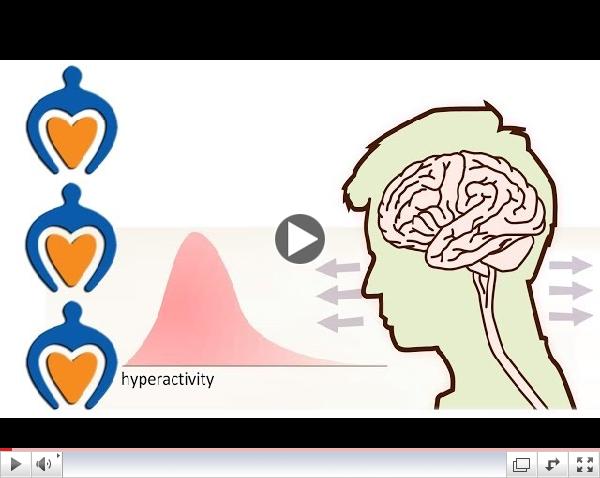|
Who becomes obese during childhood?
Few children are born obese, most developing it over childhood and adolescence.
It appears that early and useful predictors of childhood (8th grade) obesity are the weight of the child at 6 months and at kindergarten age (47%-54% risk). An early broad programmatic approach utilizing a group of interventionalists focused both on the child's environment as well his/her nutrition and physical activity, appears to offer the best hope of managing childhood obesity.
New England Journal of Medicine
|
Environmental risk factors by gender associated with Attention Deficit/Hyperactivity Syndrome (ADHD).
From a population based, record linked case-control study of maternal, pregnancy and newborn risk factors associated with subsequent development of childhood ADHD, it appears that smoking in pregnancy, maternal urinary tract infections, "being induced" and experiencing threatened preterm labor only, increase the risk of ADHD in both male and female children.
Pediatrics
|
Video Feature
 | | ADHD - What is it and what's the difference with ADD? |
via YouTube
|
|
"Synthetic" vs. "natural" surfactant inhalations in meconium aspiration.
Meconium aspiration into the alveolus inhibits and displaces surfactant.
Proactant alpha is an extract of natural pig lung surfactant( which reduces surface tension at the air-liquid interface of the alveolar membrane ) stabilizing it on expiration.
CHF 5633 is a new experimental synthetic pig-like surfactant (containing SP-B and SP-C analogues) which has the potential to enhance the management of meconium aspiration syndrome.
A study of 26 newborn pigs had meconium instilled into their lungs and were then randomized to receive endotracheally administered natural or synthetic surfactant. Respiratory, hemostatic and inflammatory parameters were measured & compared.
CHF 5633 a synthetic surfactant appears (in pigs) to provide similar benefits to a natural equivalent product.
Neonatology
|
Outcomes of Greater Occipital nerve injections for pediatric Chronic primary headache disorders (CPHD).
CPHD includes chronic migraine, daily persistent headache and chronic trigeminal autonomic cephalgia.
A retrospective chart review of unilateral first-time injections of methylprednisolone with 2% lidocaine in 46 children (7-17 years of age) with CPHD indicates that 53% improve significantly (in mean 4.7 days) for 5.4 weeks (mean), with no apparent adverse effects. Chronic trigeminal autonomic cephalgia appears not to benefit from this treatment.
Pediatric Neurology
|
|
Updates in Pediatrics is brought to you by:
|
|
|
Underwriting Opportunities
|
With a circulation of over 4,900, Updates in Pediatrics offers an excellent opportunity to promote your brand at affordable rates.
|